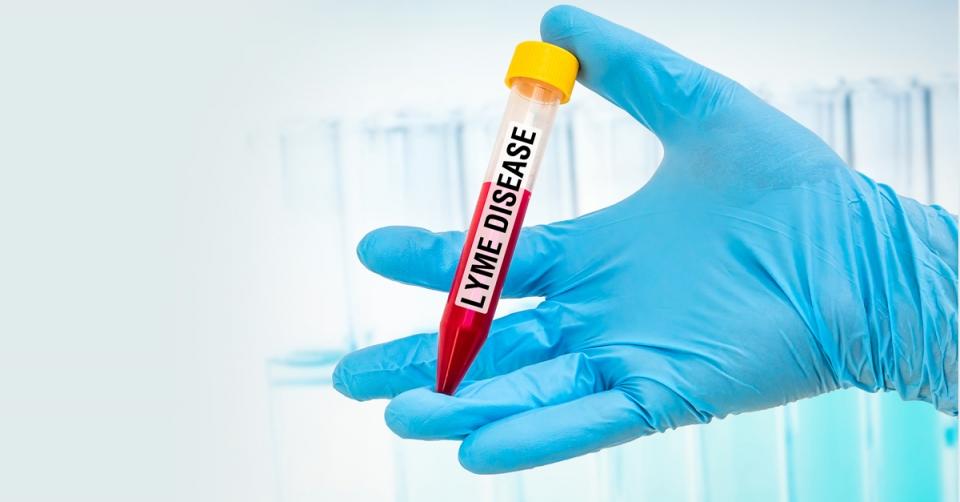
The ticks are attracted to Type A blood group people, while the Type B folk seem to have an in-built defence mechanism that repels them.
In a laboratory test, the ticks – known as ‘sheep ticks’ or Ixodes Ricinus – were naturally drawn to the Type A samples around 36 per cent of the time, and to the Type B samples just 15 per cent of the time. Every blood group was included in the test, which involved a Petri dish and ticks that were placed in the dish for two minutes.
“The blood group might be one of the factors determining the feeding preferences of the ticks,” said lead researcher Alena Zakiovska from Massaryk University in the Czech Republic.
It’s reckoned that around 17 per cent of ticks are infected with the Borrelia bacteria that can cause Lyme disease, which is still being under-reported and under-diagnosed by medicine. Typical symptoms include fever, headache, fatigue and weakness. An early tell-tale sign you’ve been bitten is a ring-shaped rash that looks a little like a bull’s eye.
Other diseases a tick bite can spread include ehrlichiosis, a flu-like condition, Rocky Mountain spotted fever, which can be fatal if not treated quickly with antibiotics, and tularemia, which can cause fever and ulcers.
(Source: Annals of Agricultural and Environmental Medicine, 2018; 25: 326-8)